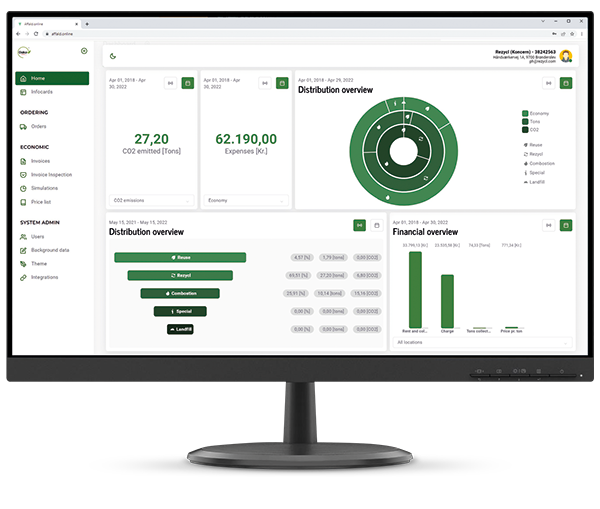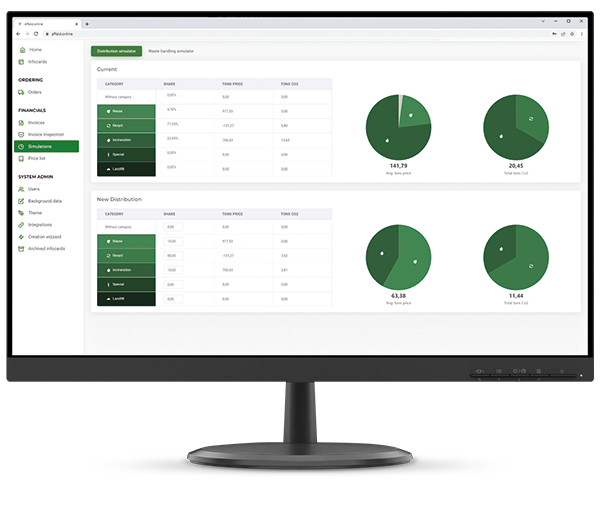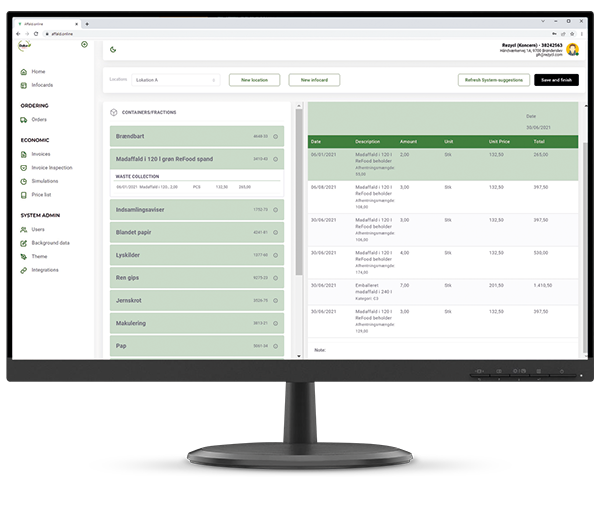Save man-hours with a smarter system
Rezycl functions as a financial management system for waste, providing utility companies the opportunity to optimize the emptying of numerous containers at recycling centers while keeping track of crucial data.
In this context it is crucial for both citizens and the municipality itself that various waste containers are emptied efficiently in terms of space, time, and economy.
Moreover, because Rezycl is so user-friendly, many expenses can be saved annually due to significant reductions in man-hours spent on administration, training, and program-related hassles for the employees.
And that is good for business.


